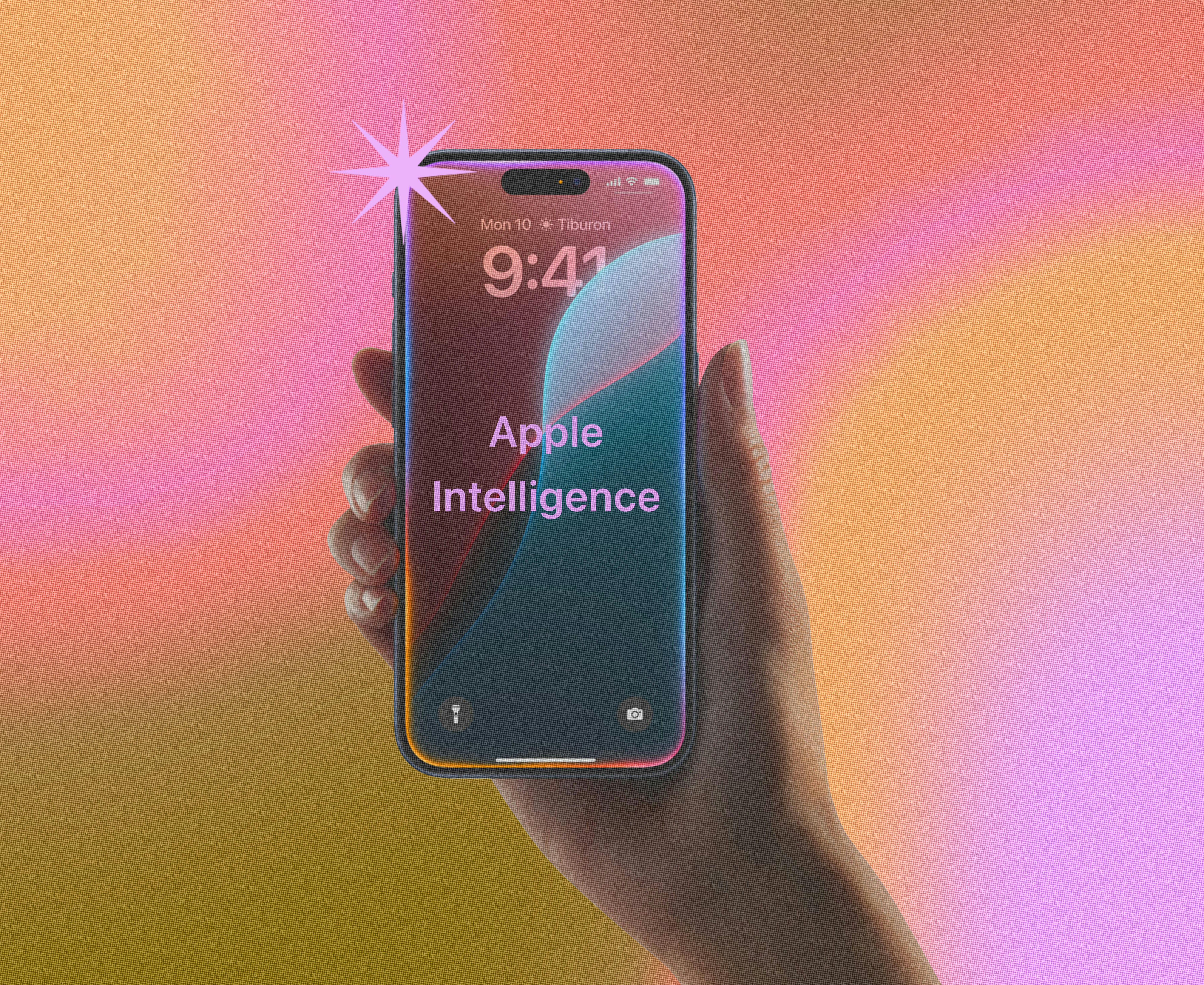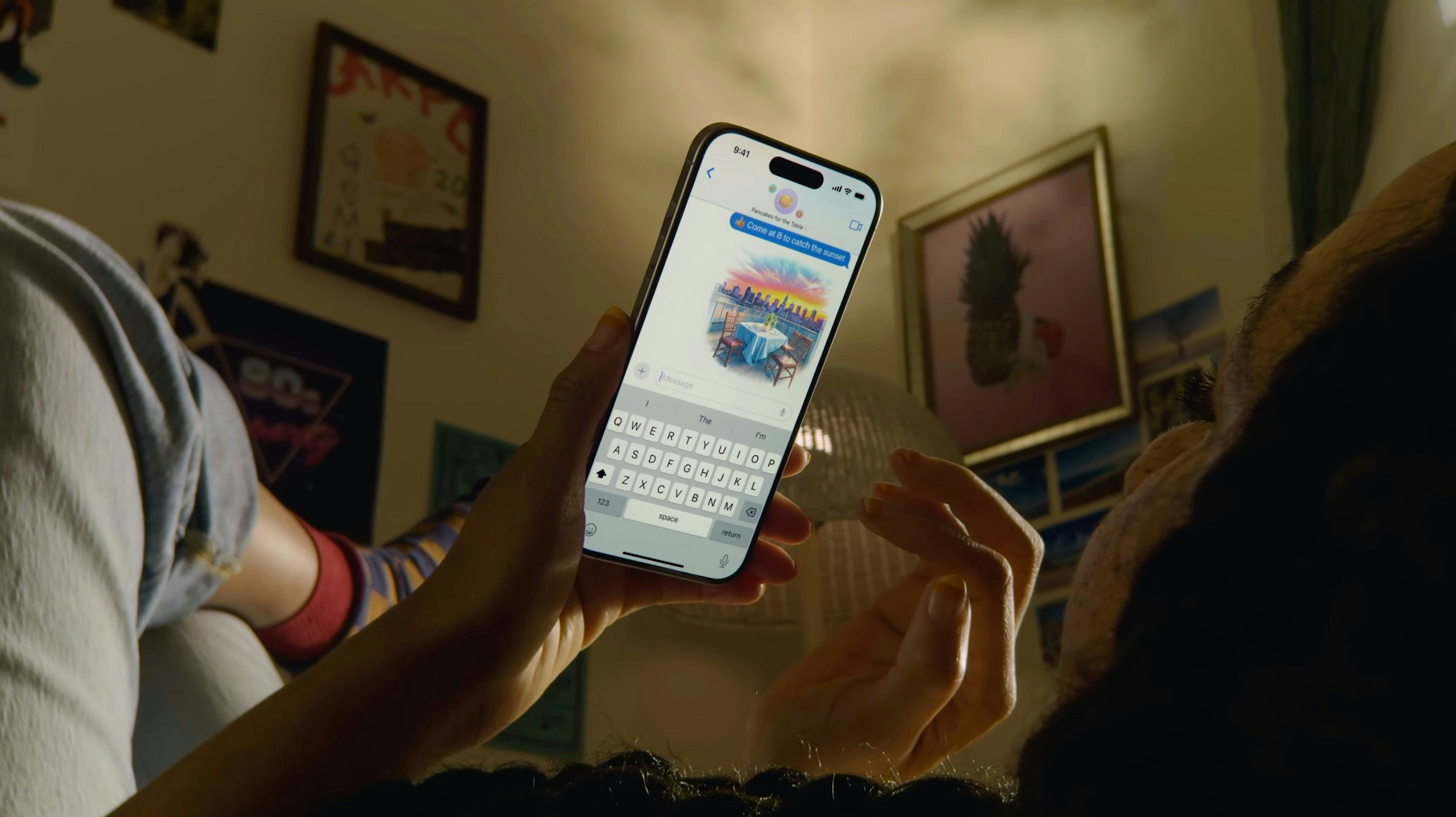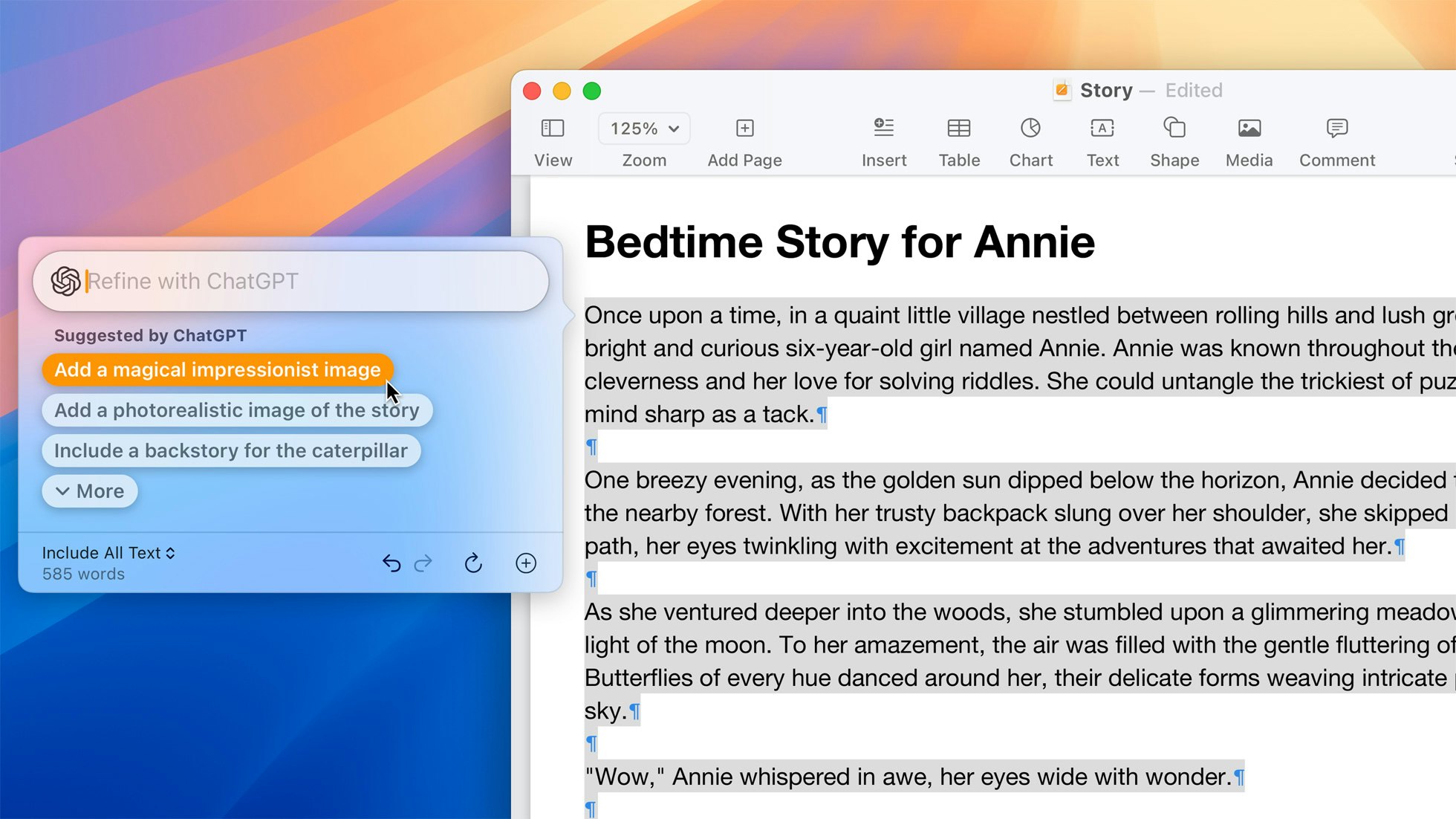
Even Apple couldn’t escape the mediocrity of generative artificial intelligence. At WWDC 2024, Apple Intelligence, the company’s plan for a comprehensive integration of AI into iOS, iPadOS, and macOS, felt incredibly bolted on and more than a little tacky.
Apple has the difficult task of not only acting as the mainstream introduction of AI to billions of people, but also being a facilitator in a way that’s consistent with its stated concerns for privacy and security. However, my frustration with Apple Intelligence is that beneath its clever privacy and security-focused architecture, it offers little that’s new, and a lot of ideas that play into the worst impulses of AI-pushers, particularly its ability to produce lackluster images and text as a replacement for actual creativity.
There’s a good chance Apple Intelligence will work better and be easier to use than anything Microsoft Copilot or Google Gemini can do currently. Apple is great at designing things normal people can use, but that doesn’t mean what the company will offer this fall as part of a “limited beta” won’t miss the mark. Based on what Apple announced at WWDC 2024, the company hasn’t made AI any more essential; it’s just made it more secure.
Apple Intelligence Disregards Creativity

Do you remember the M4 iPad Pro? In the haze of dozens of new software features at WWDC 2024, it can be easy to forget that Apple released new iPads only a month ago. The new iPad Pro is “the thinnest Apple product ever,” and to convey that idea Apple created an ad to underline the point. In it, a hydraulic press compresses dozens of recognizable symbols of art, entertainment, and productivity, including paint, an arcade cabinet, dozens of instruments, an old typewriter, and rubber balls shaped like emoji for some reason. After crushing everything flat, when the press lifts up, the ultra-thin iPad is underneath, seemingly suggesting, “all of your favorite things can be done on the iPad, whether they’re for fun or work.” Simple, right?
That’s not at all how many people — including actors Huge Jackman and Justine Batemen — reacted to the ad. Apple wasn’t riffing on a popular type of TikTok video, according to critics, it was crushing creativity and replacing it with its glass slab. The company was embodying all the stereotypes we have about Silicon Valley “disrupting” art and entertainment. With one tasteless commercial, Apple painted itself as just as out of touch as any other AI company. Regardless of the original intention, Apple apologized and walked back plans to run the ad on TV (though, it’s still on YouTube with over 3.2 million views). Everything cooled down.
How are people who use Apple’s devices to create art supposed to feel that the company is building in AI-powered tools it claims are capable of replacing them?
My immediate reaction to the iPad ad wasn’t disgust, but I can see why people felt sick to their stomachs, and I think if you felt that way about the video, your worst fears will be vindicated with Apple Intelligence. Besides major improvements to how Siri works, Apple Intelligence is otherwise filled to the brim with the text and image generation features that feel just as bad as anything offered by Microsoft, Google, or OpenAI.
Image Playground, which lets you generate images based on a description or set of concepts (beach, winter, love, etc.), creates nightmarish illustrations for you to slap into messages, documents in Pages, and basically anywhere else. Writing Tools, which can rewrite text to be more awkwardly concise, casual, professional, or poetic, is available anywhere you can place your cursor. Both are impressive in the sense that they can happen on-device, but by no means are they capable replacements for actually drawing or writing.
How are people who use Apple’s devices to create art supposed to feel that the company is building in AI-powered tools it claims are capable of replacing them? Relieved that they’re not great yet, sure, but based on how other models have rapidly improved, it’s only a matter of time before they fool most people. What then?
Nothing New to See Here

What’s extra strange about Apple’s AI pitch is how similar it is compared to all of its competitors. Craig Federighi, Apple’s SVP of software engineering, said during the keynote that Apple Intelligence is “AI for the rest of us,” but it sure seems like we’re all getting the same thing from Apple that we’re getting from Microsoft or Google. Apple’s Writing Tools are remarkably similar to what Google is baking into Google Docs and Chrome. Improved image search in Photos is approaching what Google is doing with Google Photos. Image Playground is generating smeary-looking images that Microsoft Copilot has been able to create for over a year. Even the new Siri, with its ability to take actions for you in apps, sounds like what Google wants to do with AI agents and Gemini.
Integrating these AI skills at the system level in iOS or macOS will make them more convenient, but nothing about Apple’s plan is making them seem more necessary. If anything, inserting Apple Intelligence into Apple’s familiar user experience makes it seem more like spellcheck than anything else. Apple Intelligence feels like a feature that can catch a stray error, but is by no means as helpful as an edit from a breathing human being. On one hand, that’s a pragmatic stance to take with AI. It powers features, it’s not the feature itself. But it doesn’t make me feel like Apple has come to any deeper conclusions about what all this AI is for other than to keep up with the Joneses.
For sure, privacy and security should be top priorities when it comes to responsibly rolling out AI. Intelligently sending certain requests out for Private Cloud Compute (Apple’s secure servers running on its own chips), masking IP addresses, cryptographically checking privacy, and deleting everything when you’re done are clever ways to make running AI models in the cloud more secure, but I was hoping for Apple to share a stronger vision as to why we should want AI, beyond making things a teensy bit more efficient.
Like It Or Not, AI Has Arrived

Much like how Apple supporting ChatGPT (even in a limited fashion) does plenty of work to legitimize OpenAI, the creation of Apple Intelligence has its own effect. Apple gets to do stuff like automatically sort notifications and make its voice assistant work how it was originally supposed to, and Wall Street and the wider AI industry get their product normalized for people who didn’t know or care about them before.
Apple sprinkling AI — whether that’s generative or just regular ol’ machine learning — into its family of platforms that are used by billions of people is a win-win for everyone. But I’m hard-pressed to say the announcement of Apple Intelligence made the case for AI any stronger. Apple is telling the same story as all of its competitors. It’s clearer because Apple is better at communicating, but it's ultimately the same.
I’m hard-pressed to say the announcement of Apple Intelligence made the case for AI any stronger.
Even if Apple Intelligence looks nicer than its competitors, I can’t say it’s any more informed by what people actually appreciate about creative work, like that it’s made by people with perspectives, distinct voices, and quirks. I also can’t say it's what would make Apple's platforms more useful right now, like actually improving iPad multitasking. It’s just a new thing being added because everyone else is adding AI into everything, and I don’t think Apple thought it all the way through.







